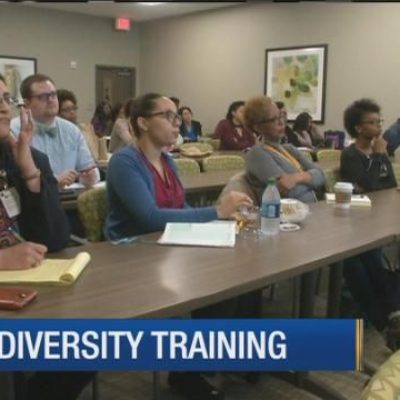Nashville school board district data empowers local voters
Data empowers sound decision-making. That is true for parents, teachers, and school leaders, and importantly, elected officials. Even while a lot of media and attention is paid to state and federal races this election season, public engagement in local school board elections is just as significant. On August 2, along with the statewide primaries, Nashville will decide on four of the nine school board seats— Districts 2, 4, 6, and 8.
School board members have a major impact on education in Nashville, and this election will set the direction for Metro Nashville Public Schools (MNPS) and the 85,000+ students it serves. And while voters should certainly learn about candidates for the Metro Nashville school board, they should also learn about the school district, the students served, and the teachers and principals it seeks to attract and retain.
The Scarlett Family Foundation is invested in helping more Middle Tennessee students get a quality education. There are many partners in this work, and we support school, nonprofit and community efforts focused on making improvements and increasing success at the K-12 level. When our middle Tennessee students are ready to go to college, we continue investing in them. The Scarlett Family Foundation has awarded over 500 scholarships to eligible students, helping them pursue a higher education and graduate towards good-paying jobs.
We are also focused on providing data resources to equip the Nashville community with important information as we work together to ensure every child receives a high-quality education.Approaching the August school board elections, we compiled data from the 2016-2017 school year to create a new community resource. Our School Board District Profiles give a clear picture of our education landscape at the most local level, and bring this data together to result in some important findings.
What the data says about the district
First, we need to understand the student population MNPS serves. Twenty percent of the student population qualify as English Language Learners— four times the state number. Additionally, half of the students are economically disadvantaged, compared to 35 percent statewide.
When looking at student and school culture data—important factors in the outcome of student achievement and growth– some concerning trends emerge. MNPS continues to have high chronic absenteeism, with 17 percent of students missing a tenth or more of a school year.
Diving into district-specific data, we even see places where that number tops 20 percent. This means almost one in five students are missing a large chunk of instruction every year.
Recruiting and retaining great teachers and school leaders is also a known challenge and the most recent data affirms it. The teacher retention rate over a two-year average was 76 percent for MNPS traditional schools and 75 percent for charter schools. The average principal has served in their role only four years.
Finally, while MNPS lags behind the state in student achievement, there is a difference in achievement levels for different types of schools. When comparing traditional MNPS schools to charter schools, charters show near equivalent or higher achievement scores and surpass the state in growth scores.
We have joined so many other community partners in taking responsibility to do all we can to help our students, education leaders, and schools be successful. In a couple weeks, all voters will have a chance to do their part. Good, bad, or ugly– the numbers matter. We urge every Nashvillian to learn about their local school board district, get to know the candidates for elected office, and be equipped and empowered to engage with key decision makers— including our Metro Nashville Board of Education. [See more at the Tennessean]



